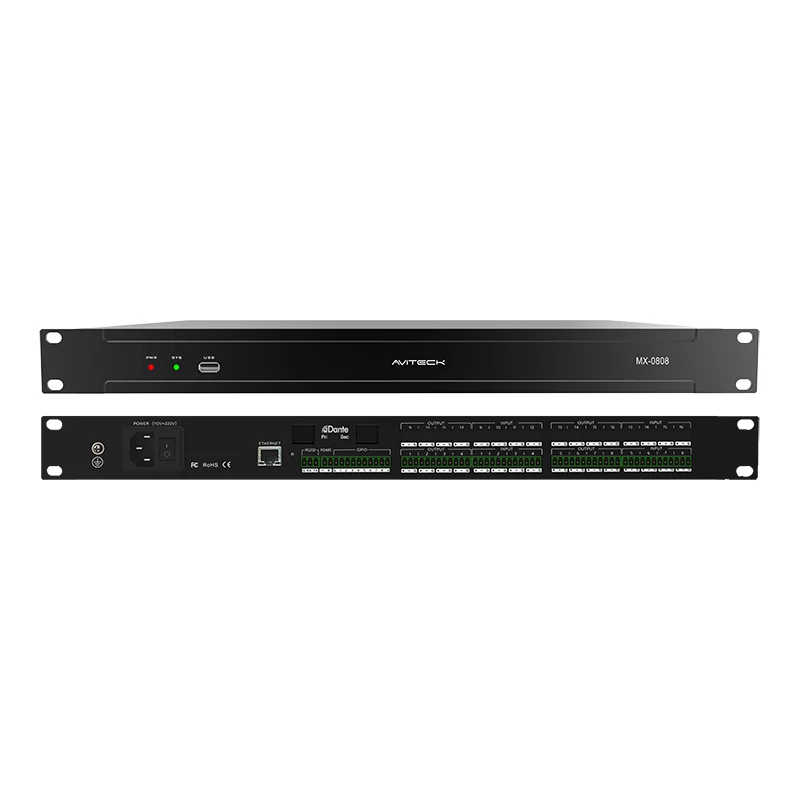Different Types of Digital Audio Processors
2025-04-23
1. Equalizers (EQ)
Equalizers adjust the balance of different frequency ranges in audio. They can boost or cut bass, mids, or treble to shape the sound.
- Graphic EQ – Fixed bands you can adjust individually
- Parametric EQ – More flexible, lets you set the center frequency, gain, and bandwidth
2. Compressors
Compressors reduce the dynamic range of audio. They make loud sounds quieter and soft sounds louder to even out the volume.
- Useful in music production, live sound, and broadcasting
- Helps avoid distortion and keeps levels consistent

3. Limiters
A limiter is like a strict compressor. It prevents the audio from going over a set level, protecting speakers or ears from overload.
4. Noise Gates
These eliminate background noise by cutting off audio when it drops below a certain level. Great for live microphones or studio recordings.
5. Reverb and Delay Processors
These add depth or space to audio.
- Reverb simulates natural room reflections
- Delay repeats the sound after a short time for an echo effect
6. Crossovers
Crossovers divide an audio signal into different frequency bands and send them to the right speakers (bass to subwoofers, highs to tweeters).
- Used in sound systems with multiple speaker types
- Can be digital or analog, but digital allows for more precise control
7. Feedback Suppressors
These are common in live sound systems. They detect and reduce feedback (that high-pitched squeal) without affecting overall audio quality.
8. Bass Enhancers
These processors boost low-frequency sound, making bass richer and more powerful. They are popular in car audio and home theater systems.
9. Time Alignment Processors
Used to align sound arrival times from different speakers so the listener hears a balanced, unified sound. Especially important in car or home surround systems.
10. Audio Interfaces with DSP
Some audio interfaces include built-in digital processing like EQ or reverb, useful for musicians and podcasters who want real-time control.
Conclusion
Digital audio processors come in many types, each serving a unique role. Whether it's enhancing sound, protecting equipment, or improving clarity, these tools help shape modern audio to fit different environments and listening needs.
Let me know if you'd like examples for a specific application like live concerts, home audio, or studio production.


